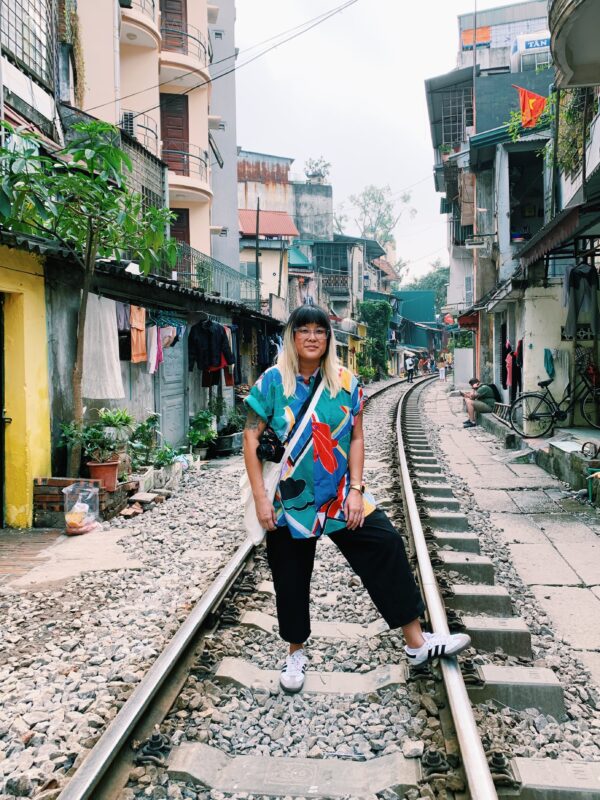
My mother is originally from Vietnam and came to the United States of America in 1975 as a refugee after the Vietnam War. She was a stranger in a new country and found my father, who was already living in America on a university scholarship. I was born in Orange County, California, where many Vietnamese people who came to America made their new home. When I was just three years old and shortly after my brother was born, my parents got divorced. My mother had sole custody of us and raised my brother and I as a single mom. She always spoke of the sacrifices she made for her children, which I never fully grasped until I was an adult.
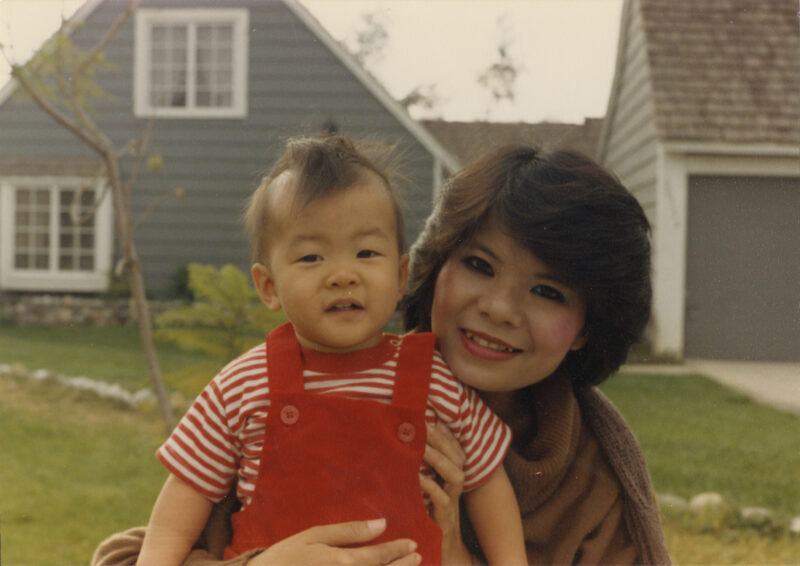
As a child, it was clear that I had creative talents. My mom loves reminiscing about the time when I was young I drew for her these wonderful pictures. She would hang them proudly on the refrigerator in our house. By the time I was in college, I knew I had a passion for photography and visual imagery. I joined an art club, where professors and my peers told me many times how I had a talent and great “eye” for photography. However, my mother always hoped that I would become a doctor or pharmacist, like many other Asian parents. The struggle of being a child of a refugee is that we are always conditioned to pursue “practical” professions. Because this country has not yet fully accepted Asian Americans in creative industries, we are encouraged to pursue professions that are stable and well-paying. I struggled in science so I decided that law was the only thing I could do.
I went to law school at Syracuse University College of Law. I finished my studies and passed the New York Bar exam on the first attempt. However, it was 2011 and the recession was hitting hard. More than half of law graduates around the country could not find work. I was one of them. I started working at a book publisher making only minimum wage as a legal intern. I was struggling, broke, depressed and angry at everyone who ever told me that all I needed to do was to work hard in school and I would succeed. During that year, the Occupy Wall Street movement happened and the message of the movement spoke to me. I joined the protests and did some legal observing for the National Lawyers Guild.
During my time with Occupy Wall Street, I witnessed countless civil rights violations of peaceful protesters. It was a turbulent time in New York City, many of the protesters were being beaten and pepper-sprayed by police officers. I myself was tackled by a police officer; I remember feeling completely helpless and scared. In the mainstream media coverage of Occupy Wall Street, there was always a negative bias against the protesters. I strongly disagreed with how mainstream media covered the movement. I got the idea to create my own media account showing protesters in a positive light. I wanted to show the diversity of the protests and the emotion that brings people out to the streets. I invested in a new camera and started my project “Activist NYC” – a documentary photo project about activism and social justice movements in New York City – during the height of Black Lives Matter when Michael Brown was killed in Ferguson, Missouri. It started out as a project I wanted to do for myself, to ease my pain and depression of being a broke unemployed law graduate, but it turned into something I never expected.
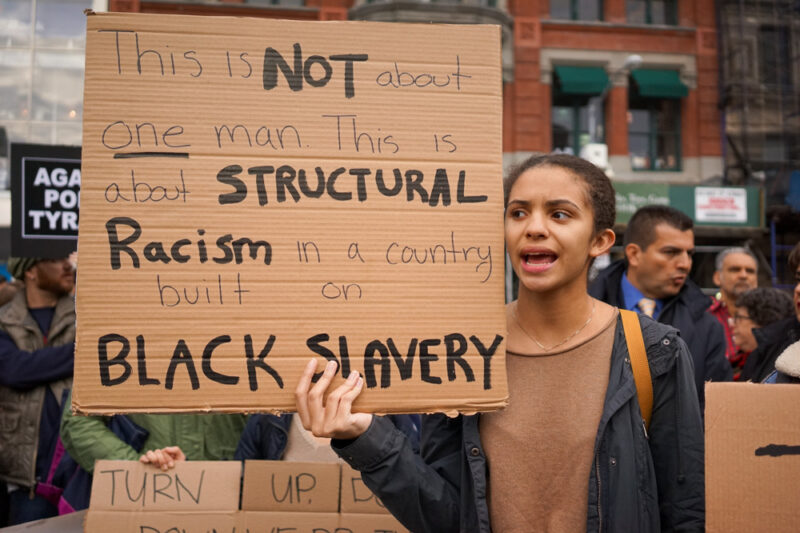
I gained a following on “Activist NYC” and over the years, I built my reputation in the community. Some of my activism photography is currently on view at the Museum of the City of New York. My work was getting recognized on the Internet and soon I was contacted by organizations to do photography for them. I felt alive again, after being in such a dark place for so long. I decided that this was my true passion and that I would follow it, as I should have done when I was in college. I cherish the education I received while in law school, because it brought me to the activism work I do today. But at that moment, I quit law and started pursuing photography full time. This was exactly five years ago in 2014. I am completely self-taught and learned by practicing as much as I could. Today, my “Activist NYC” project has evolved into a podcast, which includes in-depth interviews with activists and social justice leaders in New York City.
In the past five years, I’ve done many projects I’m proud to have accomplished. One of my most successful projects is a series titled “The Model Minority Reality” about Asian American low-wage workers who do not fit the model minority stereotype that Asian Americans are wealthy and successful. I myself felt like I did not fit the stereotype, despite the fact that I’m a lawyer. I was the kind of lawyer that was always broke and making minimum wage. My series was published by popular media, including Mic, The New York Daily News, Angry Asian Man, The Indypendent, and more. I presented my work with Asian Americans for Equality and at the Museum of Chinese in America.
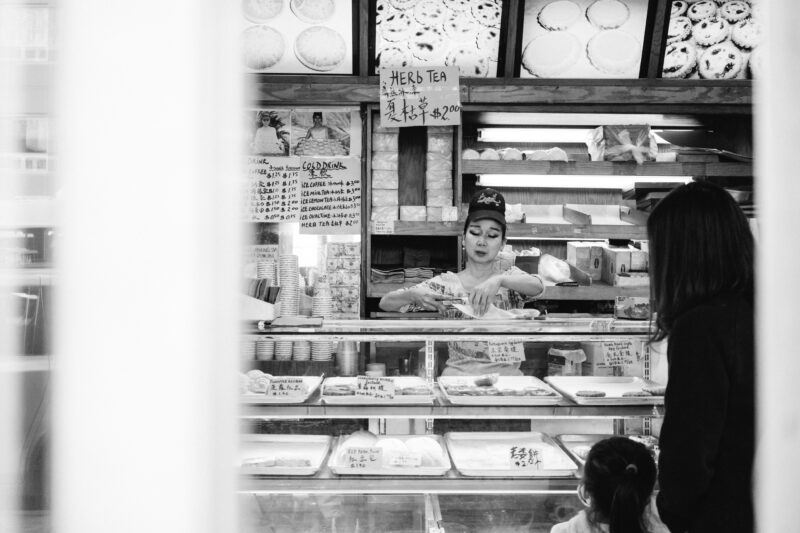
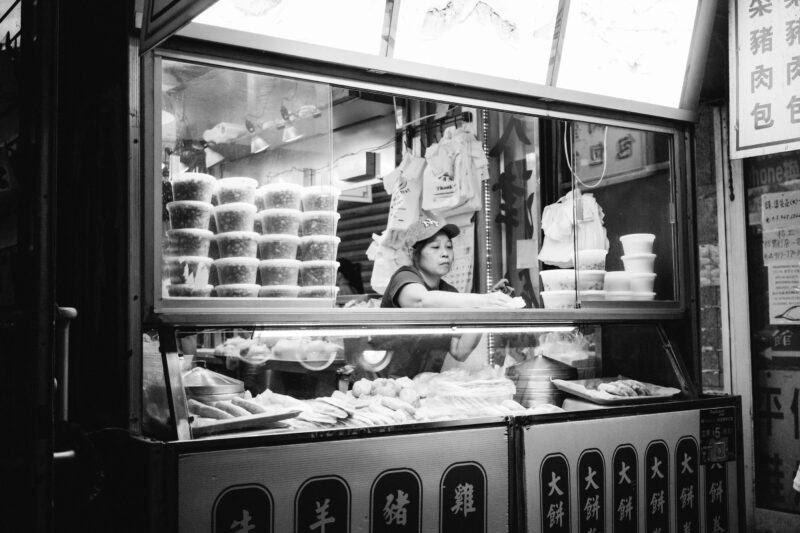

For the first time in my life, I traveled to Vietnam in January 2019. I had always wanted to go with my mother, but she felt too much pain and trauma at the thought of ever stepping foot back in Vietnam. As a photographer, I wanted to highlight the amazing colors of Vietnam and the beautiful people that make Vietnam such a wonderful country. Vietnam is so colorful and vibrant, which I aimed to portray in my photos: the bright lanterns of Hoi An, the vegetable vendors on the streets of Saigon, the neon lights of Hanoi and the endless rows of colored plastic chairs. During my travels, I learned a lot about my race, my culture and myself. As a Vietnamese American, I have never felt like I belonged anywhere; I don’t belong in Vietnam because I wasn’t born there and I don’t quite belong in America because of racism and discrimination. When I saw children in Vietnam, I thought about how that could have been me if my mother hadn’t fled to America. It affected me on a deeply personal level. During the month of April, I showed my photography from Vietnam in a pop-up exhibition at An Choi, a Vietnamese eatery in Lower East Side. I showed my Vietnam photography again during the month of June at Canal Street Market, an arts and events space located in Chinatown, NY. My work was featured in Saigoneer, a lifestyle publication based in Vietnam.
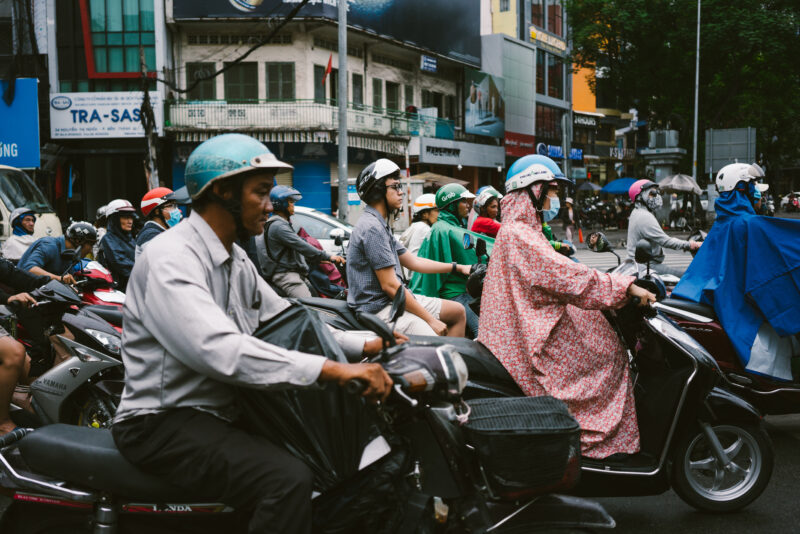

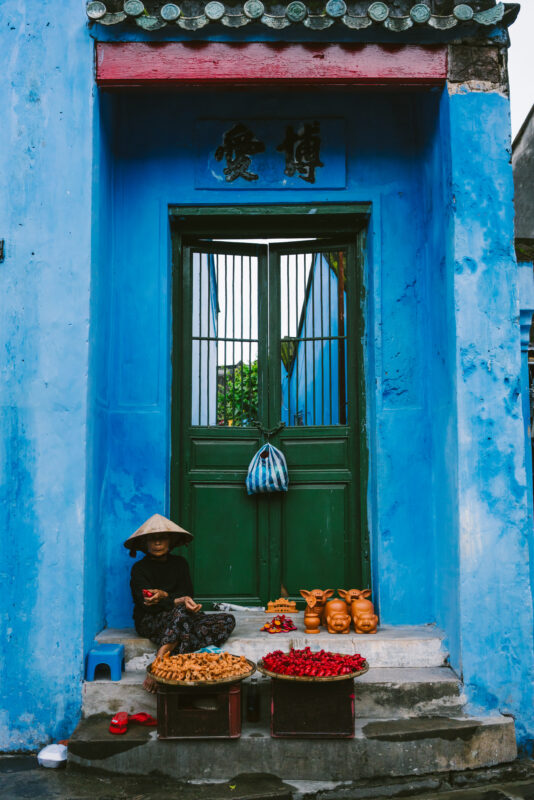
Just this past September, I had my first solo gallery exhibition at the New York Arts Center of my new series “No Boundaries” about Chinatowns in New York and around the world. This project is about celebrating immigrants and the culture that immigrants bring to whatever country they make their new home. My work was featured in Hyperallergic, a popular arts and culture publication. I want to continue traveling to Chinatowns in different parts of the world and document these vibrant, cultural communities. Through photography and visual imagery, I hope to combat xenophobia and the anti-immigrant mentality that has plagued many different countries, not just America. If it weren’t for immigration and refugee policies that allowed my mother to come to this country, my life would have been completely different.

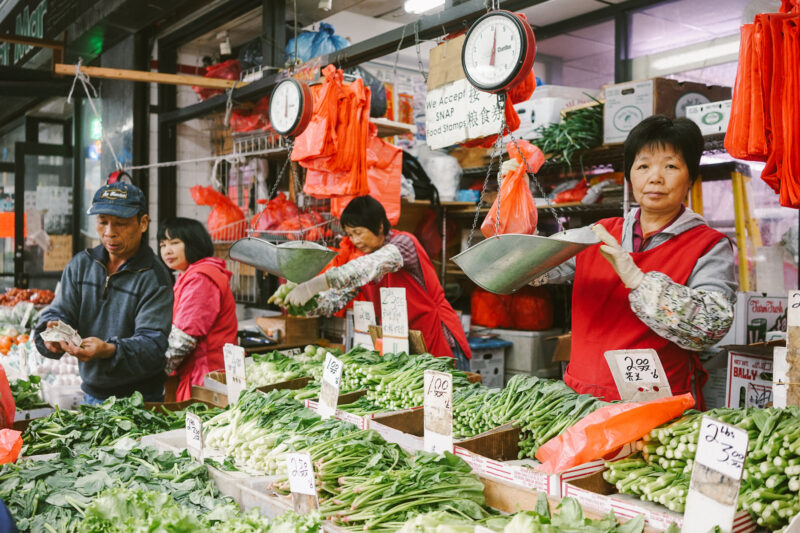

For me, photography has been a tool for change and impact. I believe that through visual imagery and storytelling, photographers have the power to change people’s minds. When I look at photography from the civil rights movement, or the Vietnam War, or any major historical event, I think about how photography allows us to remember the past and learn from our history. I hope that my images will do the same for someone else one day, that my images will help someone remember what our country was going through and how people persevered.
Artist Bio
Cindy Trinh is a photographer, visual journalist and podcast host who is passionate about social justice and human rights. Her work focuses on cultural identity, racial justice, immigration, women’s rights and activism. Cindy has been published and featured by popular media, including Bloomberg Businessweek, The New York Daily News, .Mic, Hyperallergic, Convicts NYC, HereYouAre, Saigoneer, The Culture Trip, AlterNet, Angry Asian Man, and The Indypendent. She has exhibited at numerous museums, galleries and art spaces, including the Museum of the City of New York, Museum of Chinese in America, New York Arts Center, Canal Street Market, Rush Arts Gallery, Grady Alexis Gallery, BKC Brooklyn Central, Equity Gallery, and The Knockdown Center. Cindy is the creator of the popular media project Activist NYC, a documentary photo project and podcast about activism and social justice movements in New York City. Her podcast includes interviews and conversations with social justice leaders and grassroots organizers based in New York. cindytrinh.com



[…] are courtesy of Cindy Trinh, who was featured in an artist profile. These photos are part of her ongoing project to document protests movements in New York City, you […]
The Vietnamese faces and familiar scenes in your visions of their daily life are priceless and timeless. They warm my heart on this first day of the New Year of the Golden Mouse. Hope to see you again at BĂTV… now that I learn of your fantastic photography.
So proud of you Cindy Trinh for the vibrant imageries and honest take of immigrant lives in this country. Your article written by you is also vivid and painted a strong brush of this is the reality and it is good!
Thank you for sharing you!
I’m honored we met at the January BATV.
cô Loan